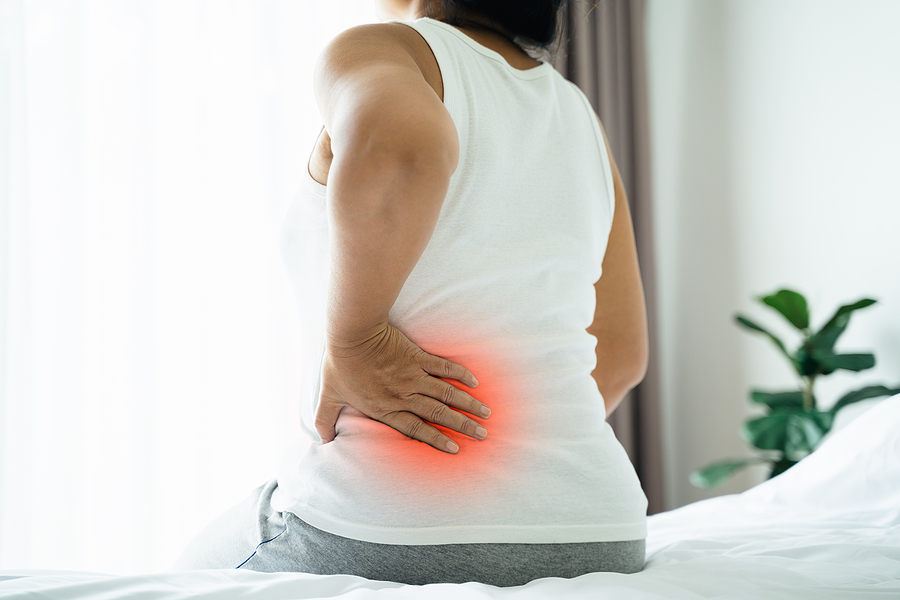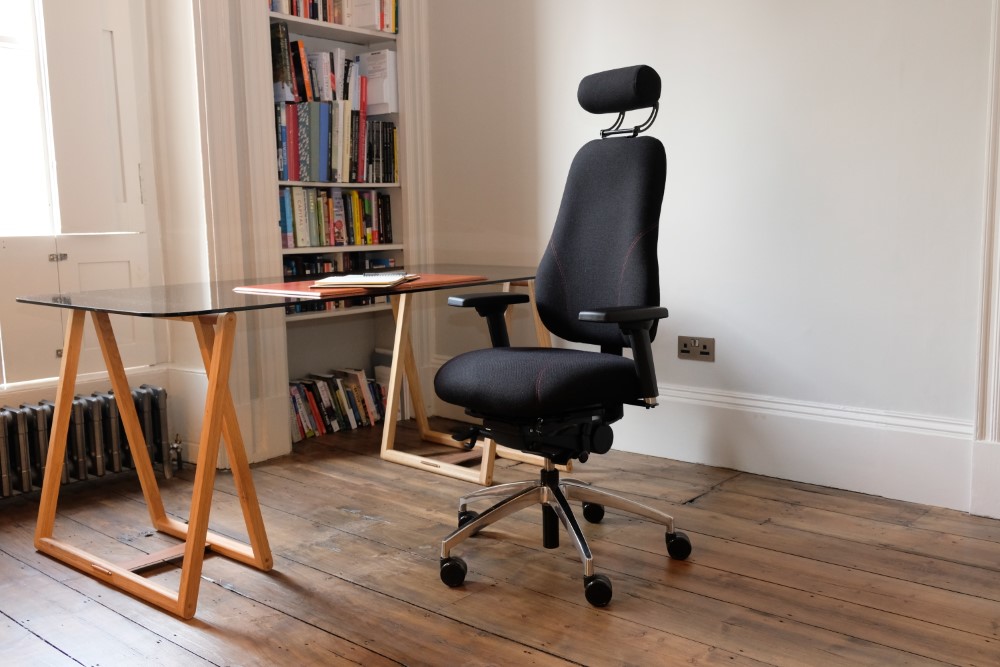Last week, Jennifer gave us tips on managing acute or sudden low back pain, which you can read here. This week, Jess is looking at how to manage chronic pain.
Chronic pain, also known as long-term or persistent pain, is pain that lasts for more than three months, and is often associated with significant emotional distress or functional disability. It can be primary or secondary (which we will look at below), though both types can co-exist.
Primary chronic pain is pain that cannot be explained by another chronic condition. Examples include fibromyalgia, complex regional pain syndrome, chronic migraines, irritable bowel syndrome and non-specific low-back pain.
Secondary chronic pain is pain that is as a result of an underlying condition. It can initially be seen as a symptom of this condition, however, a diagnosis of chronic secondary pain marks the stage when the chronic pain becomes a problem in its own right. In many cases, the chronic pain may continue beyond successful treatment of the initial cause. Examples include osteoarthritis, endometriosis, bone fractures or breaks, and injuries to the nerves.
In the UK the prevalence of chronic pain is unknown, but appears common affecting perhaps one-third to one‑half of the population. It isn’t possible to tell in advance when pain will become chronic, but we know that people are more likely to develop chronic pain during or after times of stress or unhappiness.
Ways to manage chronic pain
Pain is our nervous system’s way of telling us not to use a part of your body that’s damaged, so it gives it a chance to heal. It’s like an alarm system in your brain, warning your body not to harm itself. With chronic pain however, that alarm keeps going off even after the danger of further injury is gone. So here are a few tips to help manage ongoing pain.
Keep active
If an activity is painful, it is not always an accurate sign of you doing harm to your body. Stopping every time you have pain can lead to reduced muscle strength, stiffness in the joints, as well as negative impacts on your mental health and quality of life. Too much rest can actually make us feel worse!
Fortunately, any type of movement is exercise; walking, swimming or even just dancing in the kitchen counts! Its understandable that knowing where to start can be daunting which is why pacing is encouraged. This is a technique to help people gradually reach the right level of activity for them. It’s about breaking the pattern of being active on good days and stopping on bad days; instead, you can stay at around the same level of activity all the time. The right level’s different for everybody, so you can find a way of pacing and spacing activities that works for you.
Managing stress and relaxation
Stress and tension can make your pain worse, so it’s important that to learn how to manage it. At the same time, pain itself can make you feel stressed and anxious, creating a vicious cycle. Learning relaxation skills can help you to break this cycle, and manage both stress and pain in a way that works for you. Being aware of your emotions and taking action to calm yourself down and relax despite the pain require practice and patience.
As part of the pathway through pain the NHS, they have a pain management meditation course for pain relief, from Meditainment, which is free, easy to follow and proven to help people cope with chronic pain.
There is also The Pain Toolkit which is a collection of helpful tips and strategies to manage persistent pain, developed by someone with long-term pain.
Managing flare ups
Pain levels can fluctuate but the amount of time these flare ups last can vary. They can happen quickly and without warning, so they can be difficult to cope with. While it can be tempting to want to go back to old habits (like avoiding activity or spending longer periods of time in bed), it’s important to remember that flare ups happen and they aren’t your fault.
Its not always possible to fight your way through flare ups, so take medication such as over the counter painkillers when needed. Its important to remember to be kind to yourself in these exacerbations and modify your normal routine. If you are unable to exercise, start again when you feel comfortable and try not to panic.
Seek advice from a Chiropractor or other Physical Therapist
Pain experts often recommend a short course of physical or manual therapy which helps you to move better, relieves pain, and makes daily tasks and activities easier, for example, going up stairs or getting in and out of bed.
The National Institute for Health and Care Excellence (NICE) guidelines on chronic pain recommend creating an individualised support plan for people with persistent pain which can involve manipulation, stretching exercises and pain-relief exercises.
If you’re experiencing long term pain, one of our Chiropractic team may be able to help. Sometimes, the main goal of treatment for chronic pain is management rather than cure and our aim is to support your current level of function, help to manage your pain and minimise the risk of flare ups.
Call us on 01452 883232 or email enquiries@spinavita.co.uk to speak to one of our chiropractic team if you would like to discuss how we might be able to help you.
Author: Jessica Davy (Chiropractor)










